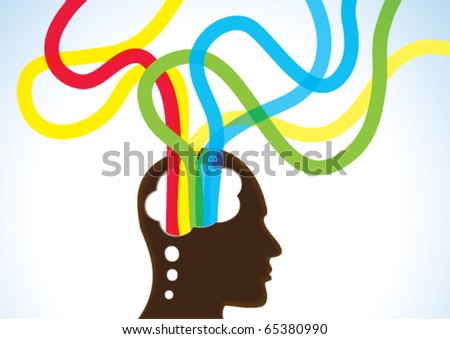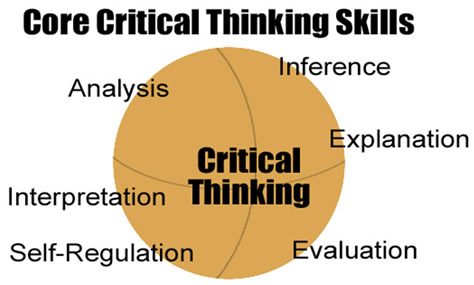In that respect be aware that there are two types of critical thinking.
As there are two sides of the brain so then there are two types of thinking critically.
On the left side of the brain you have logical thinking gathering the facts and following a logical thought path.
However on the right side you have the more creative thinking. Finding new and innovative ways to decision and problem solving.
Both sides work together to create a perfect harmony of a critical thinking process.
As there are different types of critical thinking so too are there habits that hinder them. Refer back to this list to make sure you are never caught unawares by these bad habits.
Lack of relevant background information
Poor reading skills
Poor listening skills
Bias
Prejudice
Superstition
Egocentrism
Socio-centrism
Peer pressure
Mindless Conformism
Mindless non-conformism
Provincialism
Narrow-mindedness
Closed-mindedness
Distrust of reason
Stereotyping
Unwarranted assumptions and stereotypes
Relativistic thinking
Scapegoating
Rationalization
Wishful thinking
Short-term thinking
Selective perception / attention
Selective memory
Overpowering emotions
Self-deception
Face-saving
Fear of change
The first I will do is explain critical reading so that you know this can be applied to reading:
It is not only important to think
critically it is also important to read critically. There are four steps to
critical reading. They are as follows skimming, reflecting, reading and
evaluating. Each one is an organized process to guide a person when reading
critically. Using critical reading can also be a great asset in your education.
Skimming
is a very fast glance over the material a person reads or even views. It is so
that a person can quickly identify what the author's main point is, and also to
see if there is any evidence present. Skimming goes over the skeletal outline
of content which is why layout is important in this case. Strategic layout can
be designed to aid the reader in gaining the overview. This is especially
useful when listening to lectures from instructors.
After
skimming over and getting the bare bones of the content the next step is to
reflect on it. Before reading the author's opinions or ideas you should first
think about the topic. Is it important? Is there any bias present within the
content? Reflect on all of these potential questions for step two. This is
possibly the most important step when dealing with an instructor, are they
truly instructing you as they should be?
The
third step is to finally read the content. However simply reading as you would
a snippet of news will not do; Have on hand a highlighter, pencil, notepad, or
even a word document open for you to take notes. Marking all important notes
and phrases of the content is how you read in critical reading. Note-taking
during a lesson is simply an important skill to all students.
The fourth and final step to
critical reading is to evaluate what you have read. You can primarily do this
by asking certain questions. Some of the questions should be whether the author
was vague, did they utilize emotional terms, did they stay relevant, is the
author using relevant examples, did they omit any evidence? These are only some
questions you should use to evaluate the content.
Critical
reading while seemingly hard to do takes practice so that it may develop into a
habit. When combining all four steps: skimming, reflecting, reading, and
evaluating you can then be more assured that you have used the correct tools to
make a fair, unbiased and well informed judgment. Critical reading when applied
to your lessons can help you to also further your knowledge.




No comments:
Post a Comment